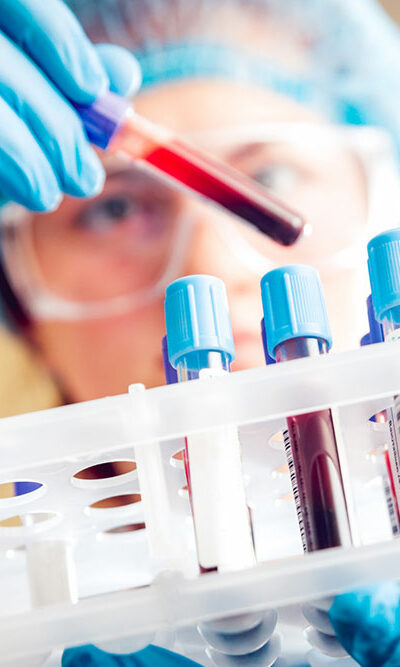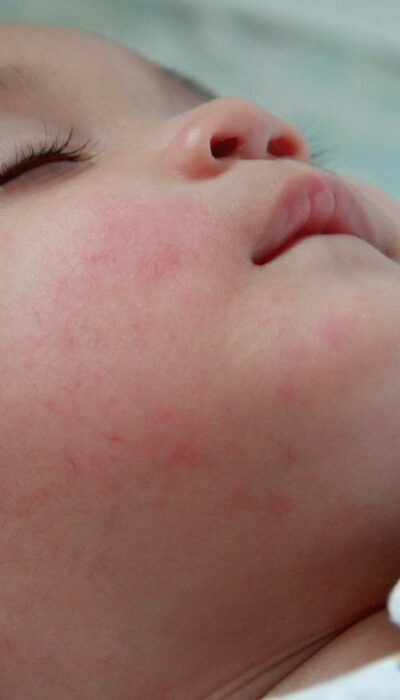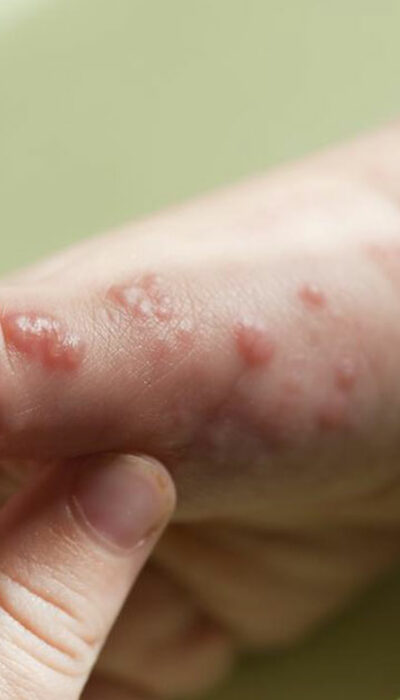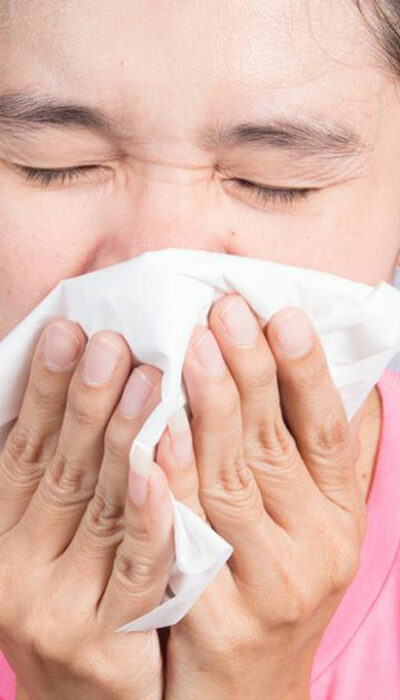
List of foods to be avoided by colitis
Colitis is a chronic disorder that exists as inflammation and sores in the inner lining of the large intestine or the colon and inflammation of the rectum. Certain foods tend to aggravate the conditions associated with colitis, such as fatigue, diarrhea, rectal bleeding, and increased urge to go for bowel movement. It is essential to eat foods that help to reduce flares and get essential nutrients also. Again, there are foods that should be avoided as they can act as a trigger. Here’s a comprehensive list of foods to avoid for colitis patients: Alcohol: Some people are intolerant to alcohol. It can trigger diarrhea as it can stimulate the intestines. Alcohol is a top food to avoid for colitis patients. Caffeine: Caffeine consumption often leads to frequent visits to the bathroom. Found in beverages such as coffee, tea, some carbonated drinks, and even chocolates, it is known to worsen the symptoms of colitis. Caffeine should be avoided by colitis patients. Carbonated drinks: Drinks such as beer and soda can irritate and trigger the digestive tract. They also contain sugar and caffeine. Dairy products: Dairy products should be avoided especially if you’re lactose intolerant. They tend to trigger colitis symptoms in some people but not everyone. Dried beans, peas, and legumes: These food items can increase bowel movement and can cause gas and abdominal cramps as they have high fiber content. Dried fruits: Fibrous foods that can stimulate bowel movement and trigger colitis symptoms should be avoided. Foods that contain sulfur or sulfate: These types of foods include milk, eggs, cruciferous vegetables, red meat, prunes, wheat pasta, and few others. They lead to increased gas production. Foods high in fiber: Similar to dried beans and legumes, they also cause abdominal cramping, gas and increased abdominal cramping. Meat: Meats, particularly red meat, may not be absorbed properly causing the symptoms to worsen during a flare-up.










